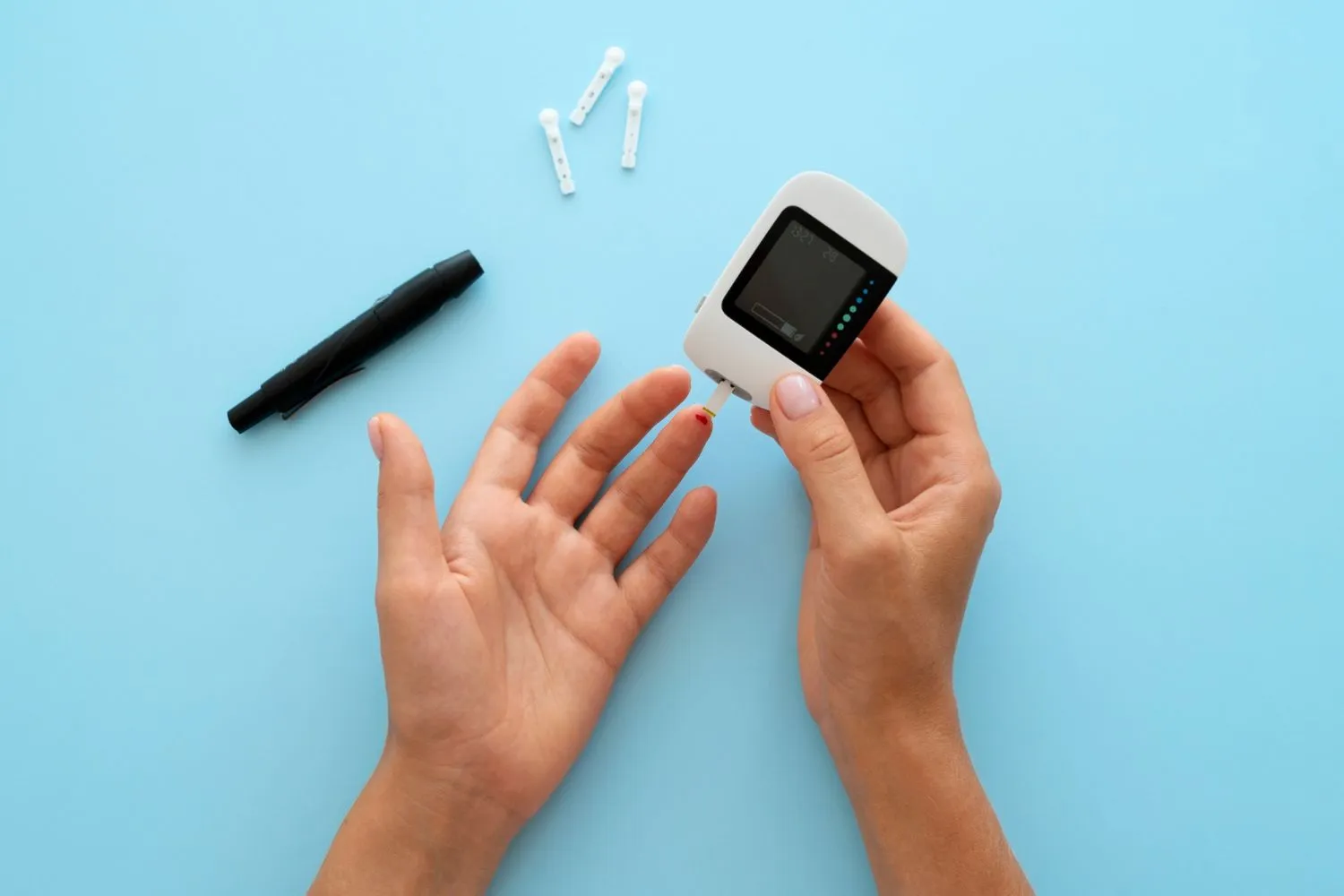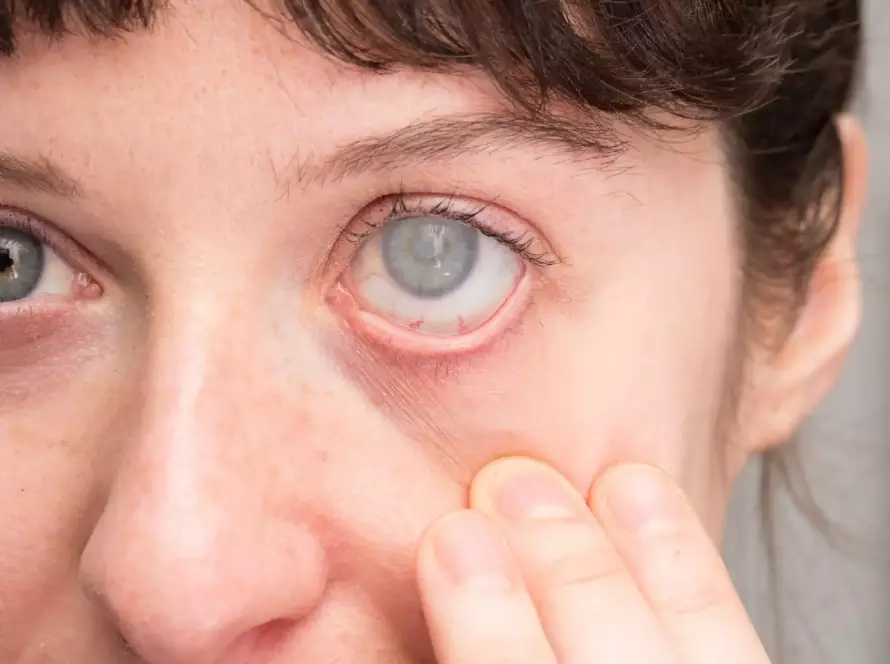Diabetes is a chronic condition that can lead to various health complications, including serious damage to the eyes. Diabetic eye diseases, such as diabetic retinopathy, macular edema, cataracts, and glaucoma, can result in vision loss or even blindness if not managed properly. Fortunately, certain lifestyle changes can significantly reduce the risk of these complications and help maintain healthy vision.
Here are ten essential lifestyle changes that can safeguard your eyes from diabetes.
1. Control Blood Sugar Levels
One of the most crucial steps in protecting your eyes from diabetic damage is maintaining stable blood sugar levels. High blood sugar can damage the blood vessels in the retina, leading to conditions like diabetic retinopathy. Regularly monitoring blood glucose levels and adhering to prescribed medication or insulin therapy is vital for preventing spikes that can harm your vision.
2. Regular Eye Exams
Routine eye exams are essential for detecting early signs of diabetic eye diseases. An annual comprehensive dilated eye exam allows your eye doctor to monitor the health of your retina and other parts of your eye. Early detection of issues can lead to timely treatment, reducing the risk of severe complications.
3. Manage Blood Pressure
High blood pressure is a significant risk factor for diabetic eye diseases. Elevated blood pressure can further damage the blood vessels in the eyes, worsening conditions like diabetic retinopathy. Managing your blood pressure through medication, diet, and exercise can protect your eyes from additional strain.
4. Adopt a Healthy Diet
A balanced diet rich in nutrients supports overall health and can help manage diabetes more effectively. Focus on consuming foods high in antioxidants, such as leafy greens, fruits, and nuts, which promote eye health. Additionally, incorporating omega-3 fatty acids found in fish can reduce the risk of diabetic retinopathy.
5. Exercise Regularly
Physical activity is crucial for controlling blood sugar levels and improving cardiovascular health. Regular exercise, such as walking, swimming, or cycling, helps lower blood glucose levels, reduces blood pressure, and improves circulation, all of which contribute to better eye health.
6. Quit Smoking

Smoking significantly increases the risk of diabetic eye diseases by damaging blood vessels and accelerating the progression of conditions like cataracts and glaucoma. Quitting smoking can improve blood circulation, reduce inflammation, and lower the likelihood of developing severe eye complications.
7. Monitor Cholesterol Levels
High cholesterol can contribute to the development of diabetic retinopathy by narrowing blood vessels and reducing blood flow to the eyes. Keeping your cholesterol levels in check through diet, exercise, and medication if needed, is essential for maintaining healthy eyes.
8. Manage Stress
Chronic stress can negatively impact blood sugar levels and overall health, increasing the risk of diabetic complications. Engaging in stress-reducing activities such as yoga, meditation, or deep breathing exercises can help keep your blood sugar stable and protect your eyes.
9. Stay Hydrated

Dehydration can lead to dry eyes and exacerbate diabetic eye problems. Drinking plenty of water throughout the day helps maintain proper eye lubrication and flush out toxins, supporting overall eye health.
10. Wear Protective Eyewear
Protecting your eyes from harmful UV rays and environmental pollutants is crucial for maintaining eye health. Wearing sunglasses with UV protection and safety goggles in hazardous environments can prevent damage to your eyes and reduce the risk of diabetic eye complications.
By implementing these ten essential lifestyle changes, individuals with diabetes can take proactive steps to protect their vision and reduce the risk of severe eye conditions. Consistent efforts in managing blood sugar, maintaining a healthy lifestyle, and prioritizing eye care can make a significant difference in preserving eye health and quality of life.
Beyond LASIK, Beyond SMILE



